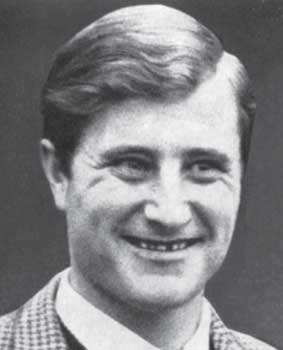The Great Train Robbery (41 page)
Read The Great Train Robbery Online
Authors: Andrew Cook

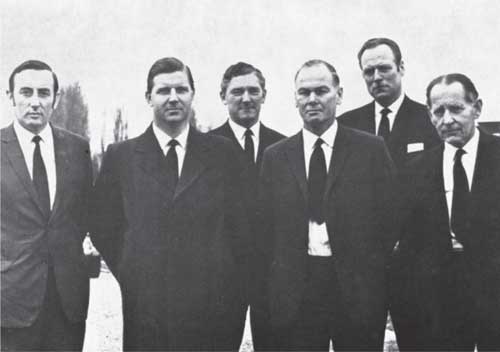
The Flying Squad’s Train Robbery team: (
left to right
) DS Van Dyke, DS Moore, DS Neville, DI William, DS Slipper and DCI Bradbury. (Author’s collection)
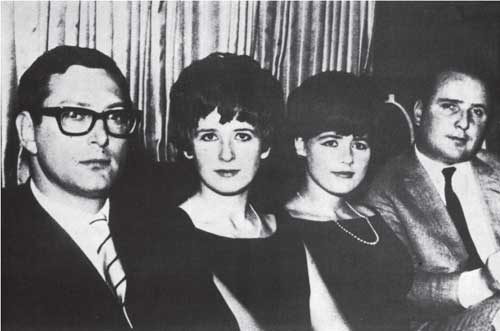
Antique dealers Bruce Reynolds and John Daly with their wives. (Author’s collection)
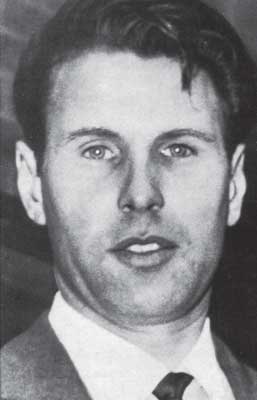
Charles Wilson, a Clapham bookmaker. He was one of the first to be arrested on 22 August as a result of fingerprint evidence. (Author’s collection)
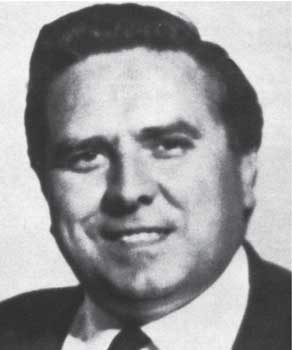
Ronald ‘Buster’ Edwards. This 1962 photograph was found when police searched his flat shortly after the robbery and was used on the 12 September 1963 Metropolitan Police ‘Wanted’ poster. (Author’s collection)
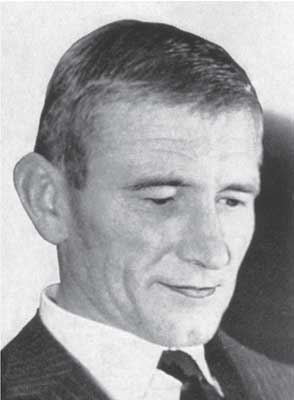
Gordon Goody – one of the gang’s leadings lights. Despite his guilt it remains highly probable that the evidence against him was fabricated by police. (Author’s collection)
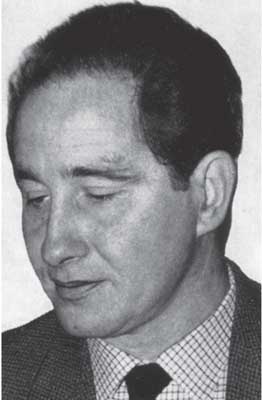
Ronald Biggs. Despite being the best known of the robbers today, in reality he played a relatively minor role in the robbery itself. (Author’s collection)
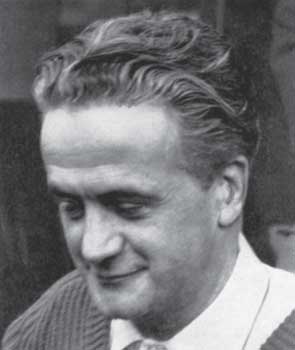
Roger Cordrey, the railway expert. Despite leaving no prints at Leatherslade Farm, he was arrested when he tried to rent a garage in Bournemouth which turned out to belong to a policeman’s widow. (Author’s collection)
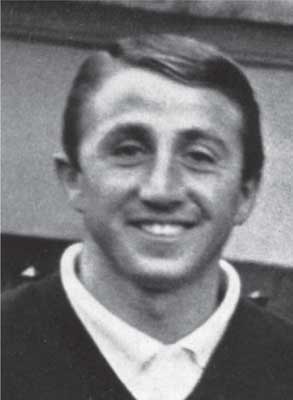
Roy James. An accomplished cat-burglar and a talented motor racing driver, he had beaten future world champion Jackie Stewart four times in the previous year. (Author’s collection)
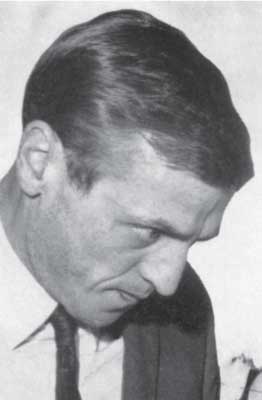
Robert Welch, a
s
outh London club owner who already had a successful track record of train robberies on the London to Brighton line. (Author’s collection)
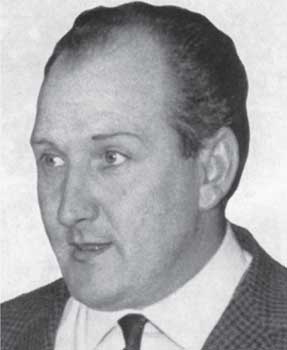
Bookmaker Thomas Wisbey. Convinced that he had left no prints at the farm, he voluntarily telephoned Scotland Yard and told them of his whereabouts. (Author’s collection)
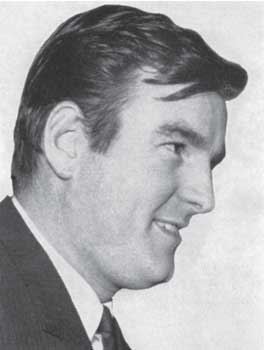
Brian Field, the wily solicitor’s managing clerk. Originally sentenced to twenty-five years’ imprisonment, he served just over three years as a result of his 1964 appeal. (Author’s collection)
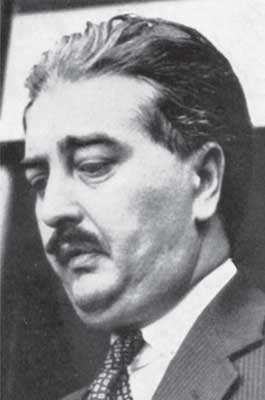
Solicitor John Wheater, seen at the time as being manipulated by his shrewd managing clerk Brian Field; it now seems that he was more centrally involved than was thought in 1963. (Author’s collection)
